Expansion of Ethnic Cuisine Popularity
The tahini market in Europe is experiencing growth due to the rising popularity of ethnic cuisines, particularly Middle Eastern and Mediterranean dishes. As European consumers become more adventurous in their culinary choices, tahini is increasingly featured in various recipes, from hummus to sauces. This trend is supported by the growing number of restaurants and food outlets offering diverse ethnic foods, which has led to a broader acceptance of tahini as a staple ingredient. In 2025, the market for ethnic foods is expected to expand by approximately 18%, positively impacting the tahini market. The integration of tahini into mainstream cooking not only enhances its visibility but also encourages consumers to experiment with new flavors and dishes, thereby driving demand for tahini products across Europe.
Growth of Organic and Natural Products
The tahini market in Europe is significantly impacted by the increasing consumer preference for organic and natural products. As health-conscious individuals seek cleaner labels and minimally processed foods, the demand for organic tahini is on the rise. In 2025, the organic food market is projected to grow by around 25%, with tahini being a prominent player in this segment. This trend is indicative of a broader shift towards sustainable agriculture and ethical sourcing, which resonates with European consumers. The tahini market is likely to benefit from this growth, as more brands focus on offering organic options to meet consumer expectations. This shift not only enhances the market's appeal but also encourages producers to adopt sustainable practices, further solidifying the role of tahini in the organic food landscape.
Rising Demand for Plant-Based Products
The tahini market in Europe experiences a notable surge in demand for plant-based products, driven by a growing consumer preference for vegan and vegetarian diets. This shift is largely influenced by health trends and environmental concerns, as consumers increasingly seek alternatives to animal-based products. In 2025, the plant-based food sector is projected to grow by approximately 20%, with tahini being a key ingredient in various plant-based dishes. The tahini market benefits from this trend, as it aligns with the broader movement towards sustainable eating practices. Furthermore, the versatility of tahini in recipes, ranging from dressings to desserts, enhances its appeal among health-conscious consumers. This rising demand is likely to propel the tahini market forward, as more individuals incorporate tahini into their daily diets.
Increased Awareness of Nutritional Benefits
The tahini market in Europe is significantly influenced by the increasing awareness of the nutritional benefits associated with tahini consumption. Rich in healthy fats, protein, and essential vitamins, tahini is recognized for its potential health advantages, including heart health and improved digestion. As consumers become more informed about nutrition, the demand for tahini is expected to rise. Recent studies indicate that the consumption of tahini can contribute to a balanced diet, which resonates with the health-focused European population. In 2025, the tahini market is projected to see a growth rate of around 15% as more consumers seek out tahini for its health benefits. This heightened awareness not only drives sales but also encourages manufacturers to innovate and promote tahini-based products, further solidifying its position in the market.
Innovations in Packaging and Product Formats
The tahini market in Europe is witnessing innovations in packaging and product formats, which play a crucial role in attracting consumers. As convenience becomes a priority for modern consumers, brands are exploring new packaging solutions that enhance usability and shelf life. Innovations such as single-serve packets and resealable jars are gaining traction, making tahini more accessible for on-the-go consumption. In 2025, the market for convenient food packaging is expected to grow by approximately 12%, positively influencing the tahini market. These advancements not only cater to the evolving preferences of consumers but also encourage trial and repeat purchases. As brands continue to innovate in packaging, the tahini market is likely to see increased sales and a broader consumer base.


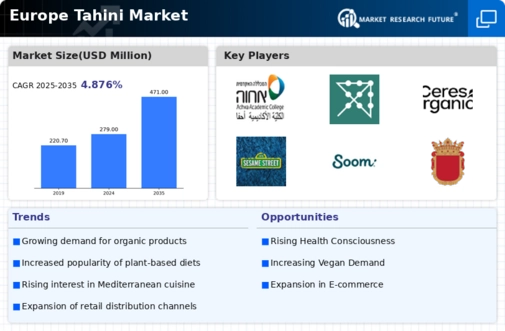
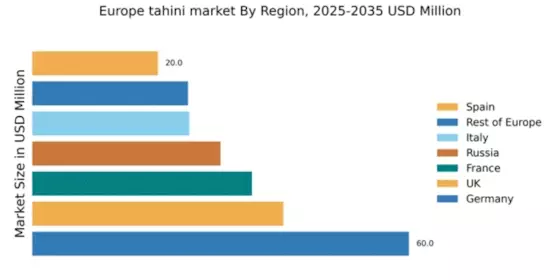
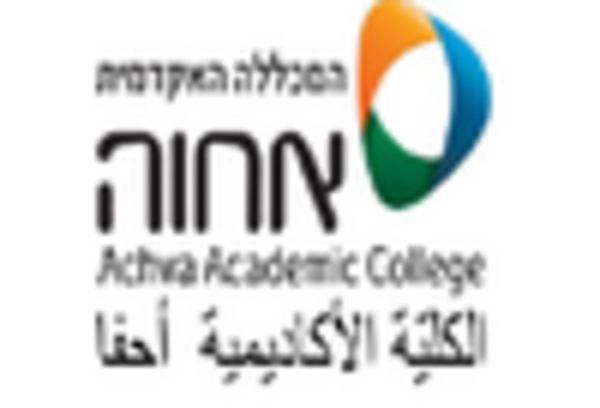

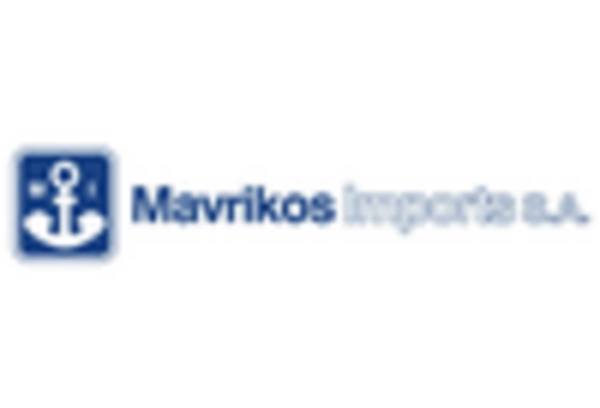
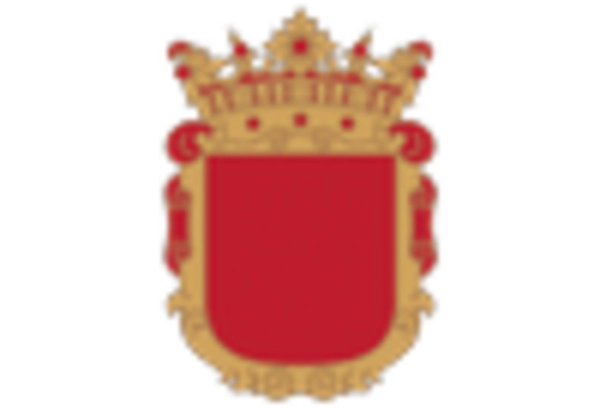
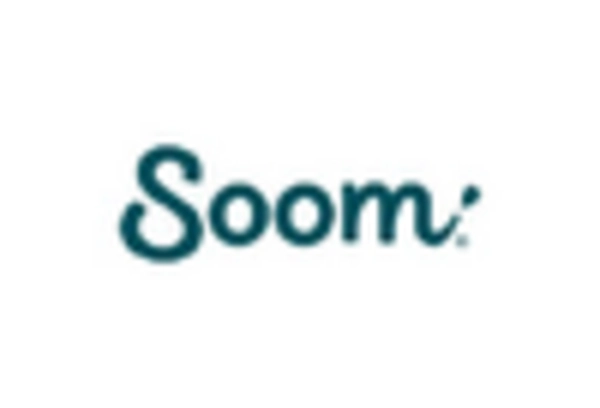
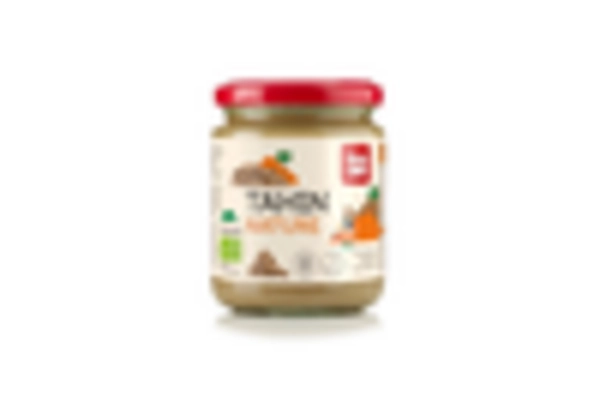








Leave a Comment